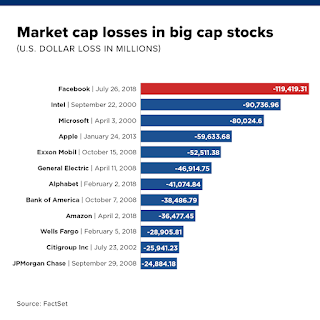Exporting The CDPQ Infra Model?

Maxime Bergeron of La Presse had a good interview with the Caisse's President and CEO, Michael Sabia and Macky Tall, President and CEO of CDPQ Infra. The interview is in French and is available here but I tried to translate it below using Google so bear with me as I did my best to tidy it up (and it's far from perfect): The news went under the radar last May. Just a few weeks after the groundbreaking of the Réseau express metropolitain (REM), held in the shadow of the skyscrapers of downtown Montreal, the Caisse de depot et placement du Quebec has quietly embarked on the first stages of a similar light rail system project in Auckland, New Zealand. This multi-billion dollar project, if it comes to life, could mark the first milestone in a brand new export model of the institution's know-how in complex infrastructure projects. In an interview with La Presse, Michael Sabia, the Caisse's boss, and Macky Tall, president and CEO of the subsidiary CDPQ Infra, confirm ...



